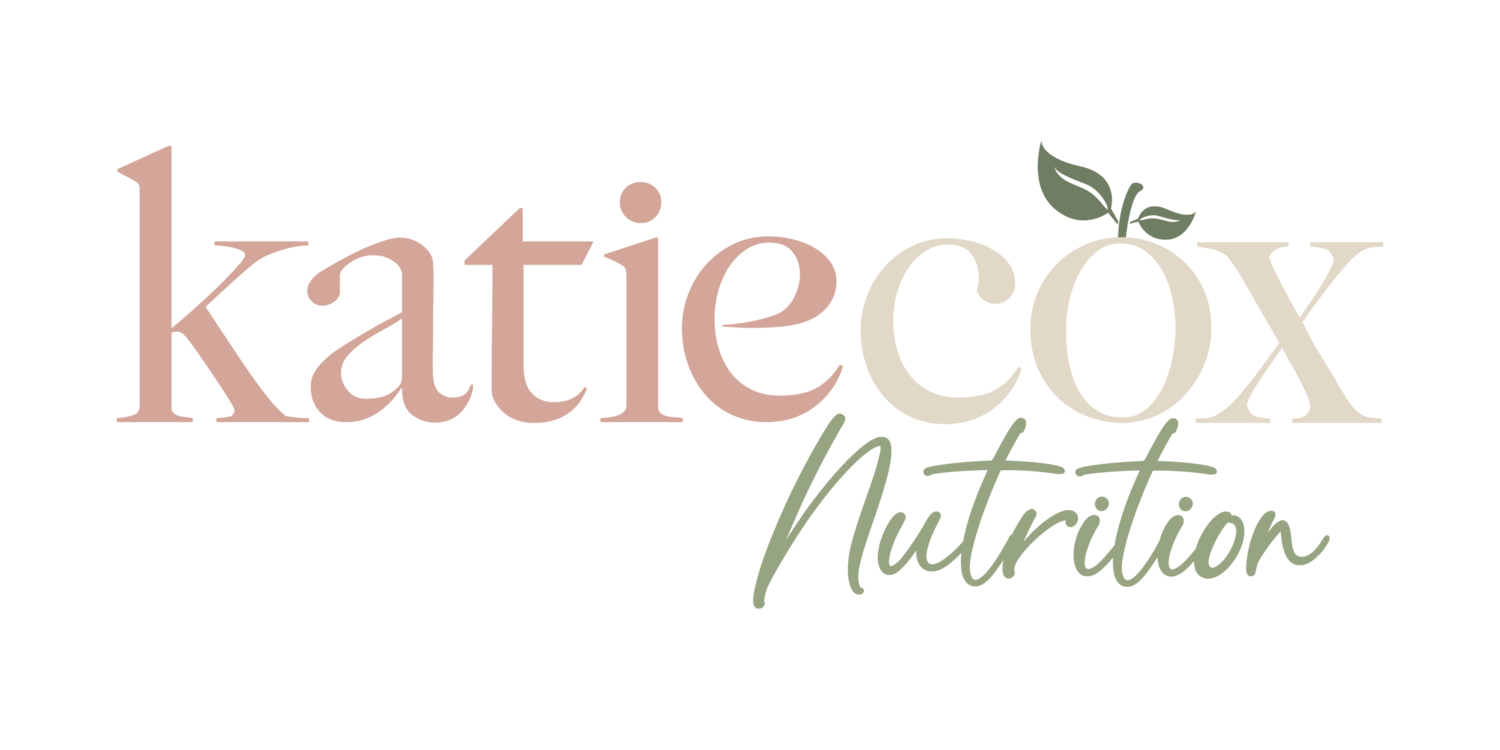Resistant Starch
Resistant Starch
Have you heard about it?
Resistant Starch is a type of FIBRE. It resists digestion in the small intestine, hence the name. It then continues on to the large intestine, where it provides food for our good gut bacteria.
Why is it good for us?
Because it’s harder to digest, our body doesn’t get as much glucose from these types of starches compared to other carbohydrates.
This means a lower glycemic load and less of a blood sugar spike, which in turn means less insulin released.
It also results in lower blood sugar levels after meals.
Resistant starch has also been shown to help to increase insulin sensitivity in time, when used as a nutritional intervention.
As our gut bacteria feed on the resistant starch (called fermentation), short chain fatty acids are produced. The most important of which, is butyric acid, which is the main food source for the cells of our gut lining (colonocytes).
This helps to maintain the integrity of our gut lining, helping to strengthen our immune system, reducing inflammation and aiding gut motility.
What are sources of resistant starch?
Legumes, beans, peas
Green banana flour (I love this added to pikelets or waffles, it gives them a little ‘banana bread-like’ flavour)
And the most exciting….
Cooked and cooled rice, pasta & potato (hello potato salad!). Once the rice, pasta or potato is fully cooked then cooled down to room (or fridge) temperature, some of the fibres of the starch form a bond that our digestive enzymes can’t break.
PS. It doesn’t matter if you re-heat the rice, pasta or potatoes again. Once they’ve cooled down and become resistant starch, the process can’t be reversed.
So….. do you think you can include some resistant starch in your diet?
Here’s some easy ways to include more resistant starch in your day:
If you’re having rice or pasta, cook it in the morning (or meal prep a few days in advance) and pop it in the fridge. Reheat with boiling water or in a saucepan when making dinner.
Try cold rice and pasta salads.
Banana flour waffles or pancakes. I substitute half the flour in the recipe for banana flour. It gives them a bit of ‘banana bread-like’ flavour.
Potato salad - and I’ve included my favourite potato salad recipe below…..
Herby (Mayonnaise-free) Potato Salad
Ingredients
1kg baby potatoes
2 spring onions, sliced thin
5 tablespoons extra virgin olive oil
1 teaspoon whole grain mustard
2 tablespoons apple cider vinegar
A handful each of: parsley, dill and chives, chopped finely
Salt & pepper to taste
Method
Cut the baby potatoes in half, boil until soft (but not too soft) and allow to cool to room temperature (this can be done up to 2 days in advance).
Once they’re cool, gently squeeze each potato between your thumb and forefinger; just until it breaks or tears slightly - this allows more spots for the dressing to soak into.
In a separate bowl, whisk the remaining ingredients together.
Pour over the potatoes and season to taste.
Optional extra: 2 rashes of bacon, diced and fried go really nicely in this too.


